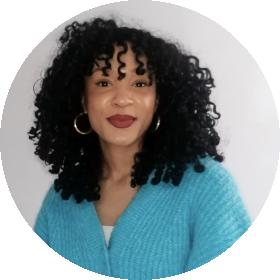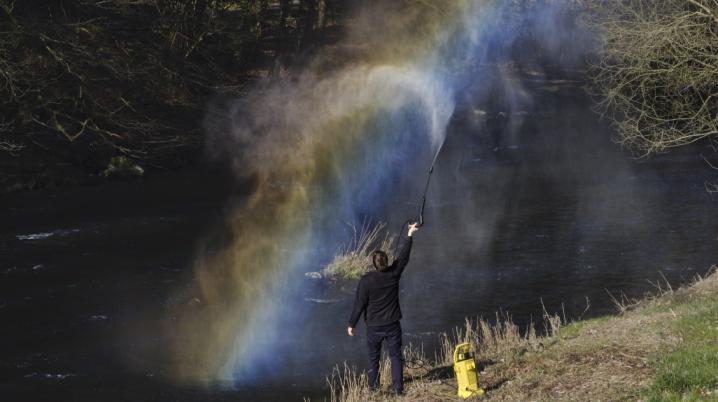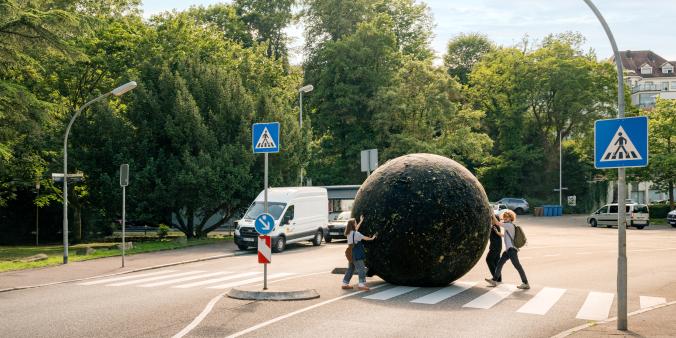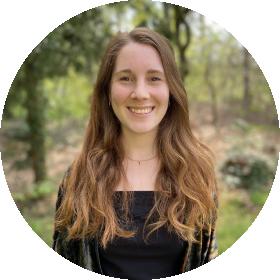
This is the first of three articles with a focus on Southern Germany. In preparation for this article series, we talked to Jules van den Langenberg (Dutch curator at Ornamenta 2024 in the Northern Black Forest region) and Ulrike-Claudia Pulzer (Cultural Officer at the Consulate General of the Netherlands in Munich). In the first article, DutchCulture looks at the Dutch activities taking place in Baden-Württemberg and Bavaria tracked in our database, and dives into the challenges and opportunities for working in this region.
Beyond Beer and Brezeln
Thinking of the southern part of Germany might evoke vivid images of sitting in the Biergarten with a sparkly, cold drink, taking a stroll through the vineyards or forest, or reaching one of the mountain tops in the Alps. Besides being known for its ravishing nature, this part of Germany is also recognised for its traditional Southern cuisine, thinking of Knödel, Spätzle, Brezeln and Maultaschen. Being active export regions, Baden-Württemberg and Bavaria are two of the wealthier federal states of Germany, with strong economies and a large (car) industry. They are also marked by a rich history of immigration, counting many inhabitants with a (formerly) Yugoslavian, Turkish and Italian background. The arts and culture scene in Baden-Württemberg and Bayern is grounded on cultural heritage and considered an essential part of society.

Collaborations between Southern Germany and the Netherlands
Although Baden-Württemberg and Bayern are two of the largest federal states and have everything to attract makers, did you know that only 22% of Dutch activities in Germany take place there? Our database shows that the Dutch cultural field still tends to turn more towards Berlin and North-Rhine-Westphalia. The border regions of Germany and the Netherlands are closely engaged, leading to many collaborations with cities in Niedersachsen and North-Rhine-Westphalia. An obstacle for artists to consider the south is for example the distance, making travelling and transporting art more expensive. ”The cultural scene in Southern Germany also tends to orientate more towards their neighbouring countries, such as France and Austria,” says cultural officer Ulrike-Claudia Pulzer from the Consulate General of the Netherlands in Munich.
Of the 543 Dutch activities in Baden-Württemberg and Bavaria in 2023, 211 took place in the state capitals Munich and Stuttgart. Striking is that activities mostly take place in larger cities of the states, like Mannheim, Nuremberg and Karlsruhe. There is fewer exchange between the Netherlands and towns in more provincial areas in the south. Moreover, 60% of the projects are related to music. This can be traced back to the vivid music scene in this region. Pulzer: ”Music, compared to for example theatre, does not come with a language barrier, which is also a factor.” Oftentimes, Dutch makers tour throughout the region, rather than settling down in one area to dive deeper into the local cultural scene.
Opportunities in Southern Germany
Let us look at the opportunities in the south, especially in smaller towns and for disciplines other than music. First of all, Baden-Württemberg and Bavaria are relatively rich federal states, which benefits the cultural scene. “Culture is not only anchored in federal political structures and thus publicly funded, it is also commonly sponsored by private parties and seen as a public good that people are willing to spend money on in their leisure time,” says Pulzer.
Besides that, Pulzer mentions the rich networks of museums, galleries and cultural institutions, allowing a promising and useful network of culture. Take the example of the Kunstvereine, enabling especially young, international makers to be part of exciting programmes. They function as fantastic stepping stones for emerging artists. ”Starting in a smaller town or less renowned cultural establishment can open doors for the future. Besides, cultural institutions in Germany usually have successful PR strategies and are good at putting cultural projects and makers on the radar.”
Worth mentioning are also the existing cultural relations between the Netherlands and Southern Germany. Despite the tendency of local cultural organisations and makers to look towards their neighbours, France and Austria, the Dutch cultural field has a great reputation in the south. The Netherlands is seen as open-minded, relaxed and creative, and is known for thinking outside of the box. Local players in the south experience working with the Dutch positively and appreciate the Netherlands' international policy and funding system, such as the international grants by Mondriaan Fund. Tapping into existing connections and maintaining partnerships with a long-term aim can be extremely useful, especially in a culture where building relationships might take a bit more time and patience than in the Netherlands.
Ornamenta 2024
An inspiring example of a cultural collaboration between the Netherlands and Southern Germany is Ornamenta 2024, a cultural programme in Baden-Württemberg's Northern Black Forest region taking place from July to September. Jules van den Langenberg (NL) and Willem Schenk (NL) have been appointed to take the curational lead, resulting in many Dutch-German collaborations. The Northern Black Forest region consists of valleys, fine metal industries, small spa towns, and a rich variety of communities and cultural landscapes. Together with curator Katharina Wahl (DE), Van den Langenberg and Schenk dived into the local scene and worked with communities, artists, and emerging companies to develop region-specific themes yet relevant to Europe. Ornamenta’s final route of exhibition and events includes expositions, public installations, performances, galas, symposiums, and community events connected to contemporary art and design.
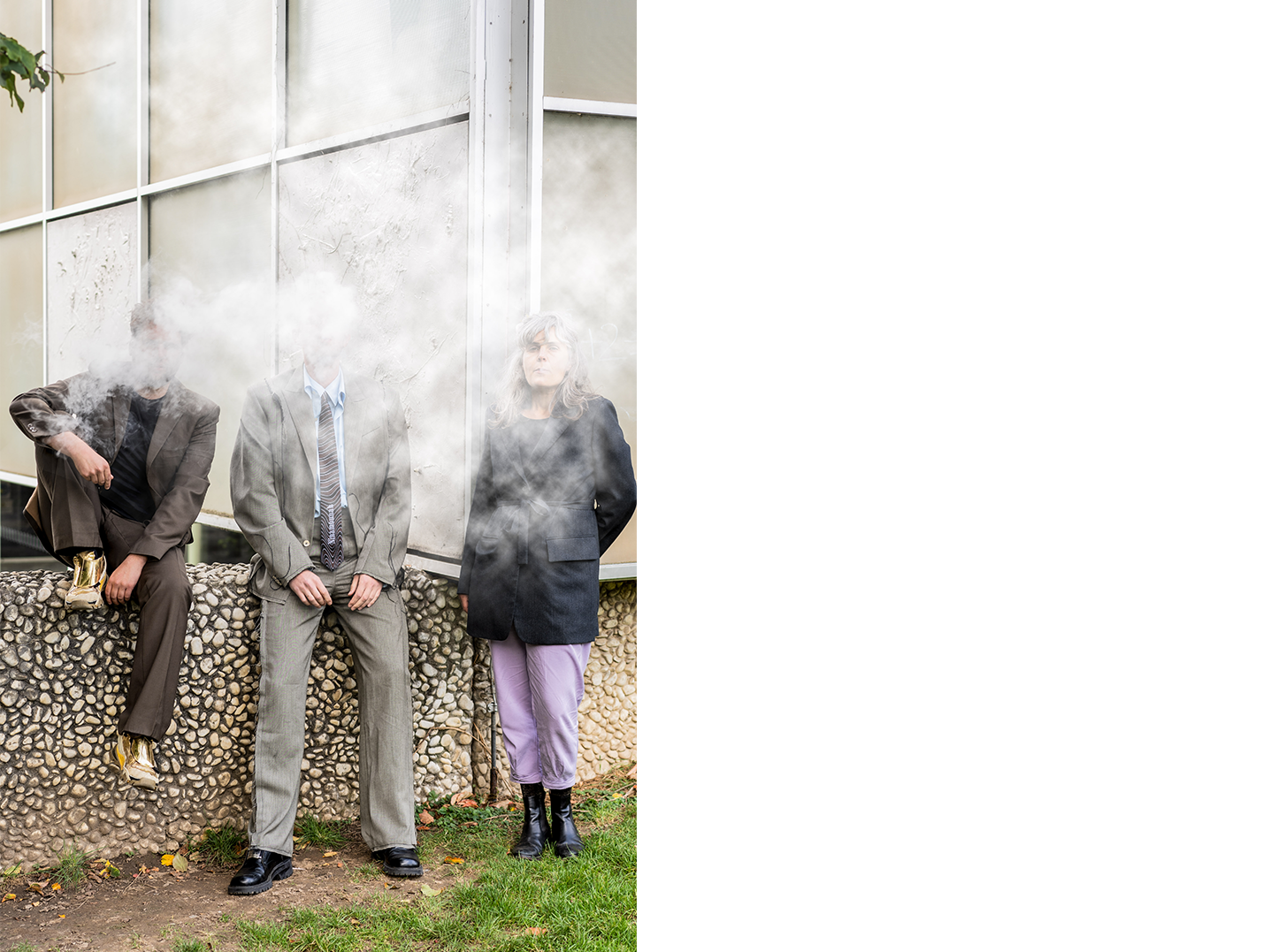
Van den Langenberg's mindset of thinking in possibilities is deeply rooted in his interventionist approach to this specific region, allowing him and his fellow curators to create a diverse programme with many local players and partners. The curators are a good example of seizing the opportunities awaiting in provincial areas. As Van den Langenberg puts it: ”The region is eager to develop its Standortqualität and is open to invest into arts and culture, with the aim to regenerate the surroundings in a sustainable way.” This is a great starting point for three curators with the intention to tailor a cultural programme to the local context.
Stay tuned for our second article, to be published in the beginning of July, in which DutchCulture gives an impression of what it is like to carry out international collaborations in (German) provinces. Taking Ornamenta 2024 as an example, we delve deeper into how the curators investigated topics of local and European relevance and aim to inspire other makers to work in Southern Germany.
